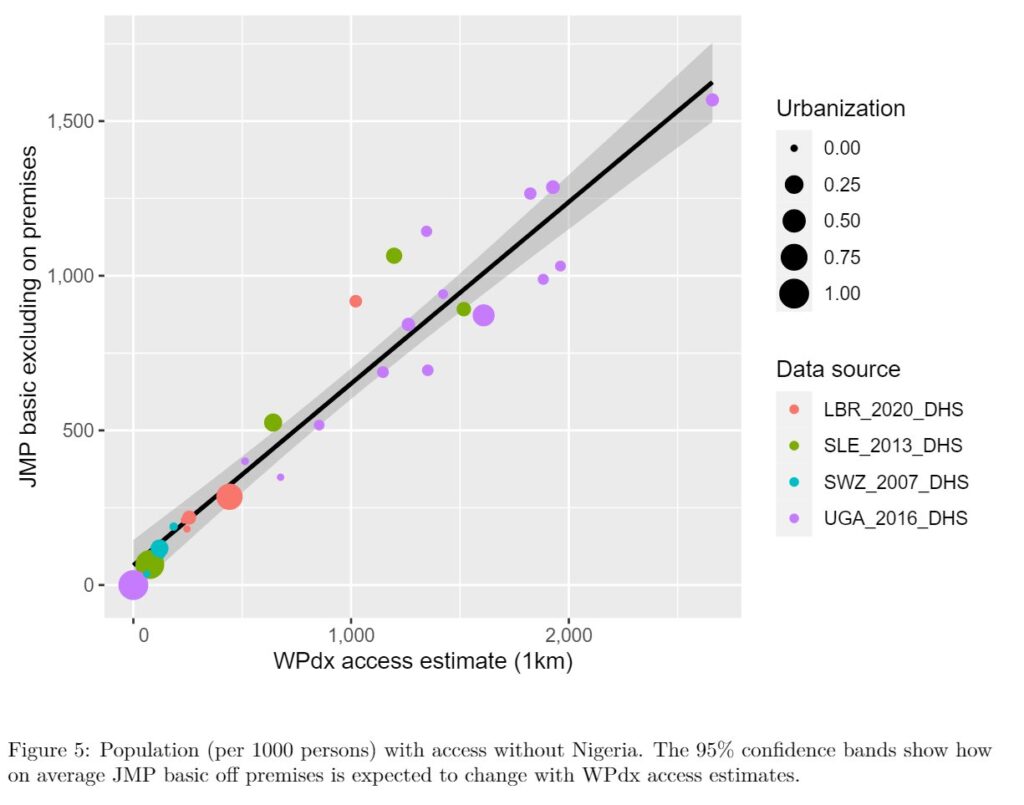Tracking global progress on water, sanitation, and hygiene in ‘One for All’ Focus Countries – a collaboration between WASHNote, IRCWash and Water for People
One for All Global Landscape IRC and Water For People have recently joined forces as ‘One for All‘. IRC and […]

